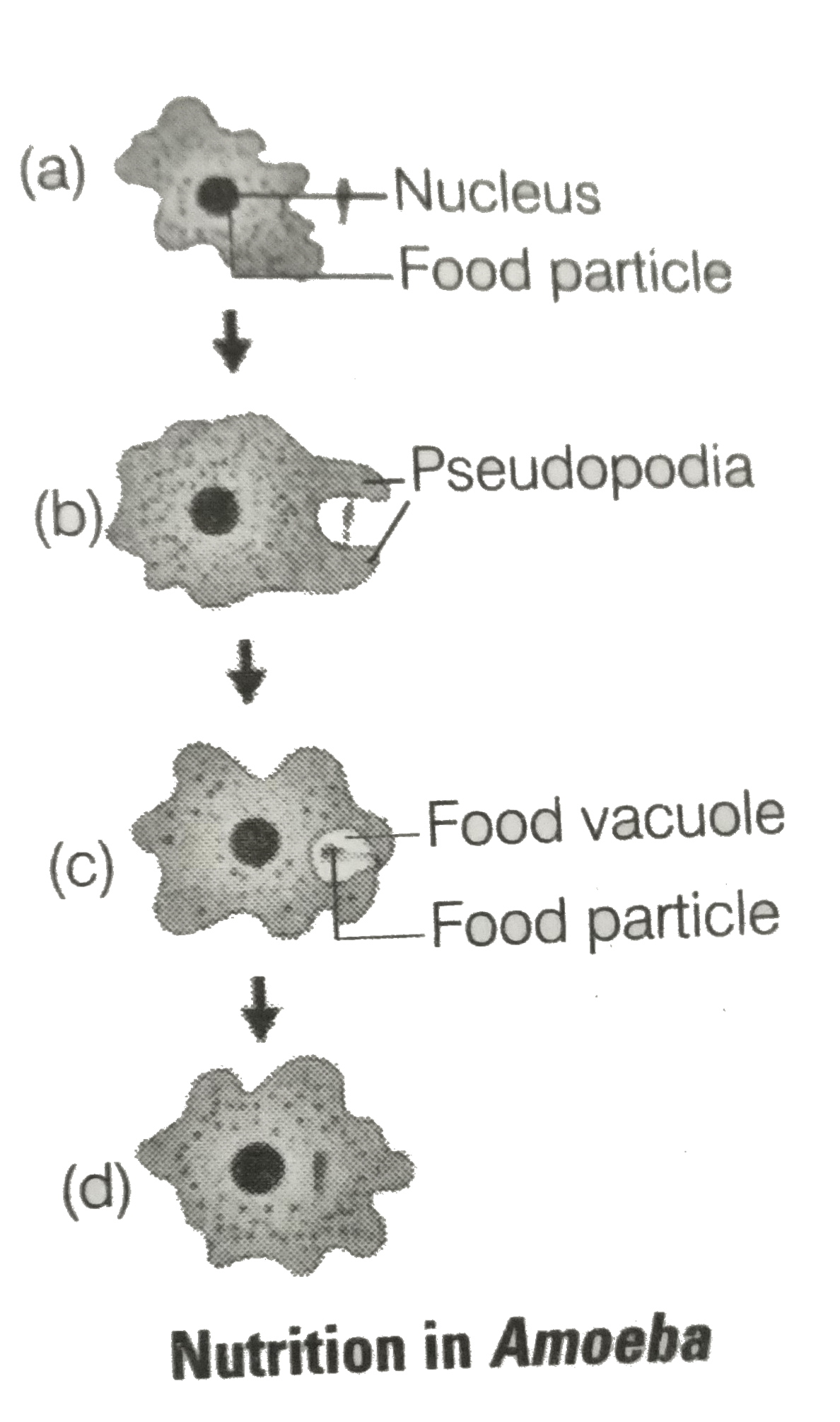Explain the process of charging of tRNA. Why is it essential in translation?
Step-by-Step Solution
1. Definition of tRNA Charging:
- tRNA charging is the process by which an amino acid is attached to its corresponding transfer RNA (tRNA) molecule. This is a crucial step before the amino acid can be incorporated into a growing polypeptide chain during protein synthesis.
2. Activation of Amino Acids:
- Before an amino acid can be linked to tRNA, it must be activated. This activation occurs in the presence of ATP (adenosine triphosphate), which provides the necessary energy for the reaction.
3. Aminoacyl-tRNA Synthetase:
- The enzyme responsible for catalyzing the attachment of the amino acid to tRNA is called aminoacyl-tRNA synthetase. Each amino acid has a specific synthetase that recognizes both the amino acid and its corresponding tRNA.
4. Formation of Charged tRNA:
- Once the amino acid is activated and linked to its cognate tRNA, the resulting molecule is known as charged tRNA or aminoacyl-tRNA. This charged tRNA carries the activated amino acid to the ribosome.
5. Role in Translation:
- During translation, charged tRNA molecules bring the appropriate amino acids to the ribosome, where they are added to the growing polypeptide chain. The correct pairing of tRNA with the mRNA codon ensures that the polypeptide is synthesized accurately according to the genetic code.
6. Peptide Bond Formation:
- When two charged tRNAs are brought together at the ribosome, the formation of a peptide bond between the corresponding amino acids is energetically favored. This process is facilitated by ribosomal RNA (rRNA) which acts as a catalyst.
7. Importance of tRNA Charging:
- The charging of tRNA is essential for translation because it ensures that the correct amino acids are incorporated into the polypeptide chain in the proper sequence, which is critical for the proper functioning of the resulting protein.
- tRNA charging is the process by which an amino acid is attached to its corresponding transfer RNA (tRNA) molecule. This is a crucial step before the amino acid can be incorporated into a growing polypeptide chain during protein synthesis.
- Before an amino acid can be linked to tRNA, it must be activated. This activation occurs in the presence of ATP (adenosine triphosphate), which provides the necessary energy for the reaction.
- The enzyme responsible for catalyzing the attachment of the amino acid to tRNA is called aminoacyl-tRNA synthetase. Each amino acid has a specific synthetase that recognizes both the amino acid and its corresponding tRNA.
- Once the amino acid is activated and linked to its cognate tRNA, the resulting molecule is known as charged tRNA or aminoacyl-tRNA. This charged tRNA carries the activated amino acid to the ribosome.
- During translation, charged tRNA molecules bring the appropriate amino acids to the ribosome, where they are added to the growing polypeptide chain. The correct pairing of tRNA with the mRNA codon ensures that the polypeptide is synthesized accurately according to the genetic code.
- When two charged tRNAs are brought together at the ribosome, the formation of a peptide bond between the corresponding amino acids is energetically favored. This process is facilitated by ribosomal RNA (rRNA) which acts as a catalyst.
- The charging of tRNA is essential for translation because it ensures that the correct amino acids are incorporated into the polypeptide chain in the proper sequence, which is critical for the proper functioning of the resulting protein.
Topper's Solved these Questions
- XII BOARDSBook:XII BOARD PREVIOUS YEAR PAPER ENGLISHChapter:XII BOARDSExercise:Delhi Board : Set III section -D
Explore 2 Videos
- XII BOARDSBook:XII BOARD PREVIOUS YEAR PAPER ENGLISHChapter:XII BOARDSExercise:SECTION-A
Explore 45 Videos
- XII BOARDSBook:XII BOARD PREVIOUS YEAR PAPER ENGLISHChapter:XII BOARDSExercise:Delhi Board : Set III section -B
Explore 2 Videos
- SAMPLE PAPER 2019Book:XII BOARD PREVIOUS YEAR PAPER ENGLISHChapter:SAMPLE PAPER 2019Exercise:Section E Part B
Explore 3 Videos
Similar Questions
Explain the process of translation.
View SolutionExplain the process of breathing in man .
View SolutionExplain the process of nutrition in Amoeba.

View SolutionWhy is nitrogen essential for plants?
View SolutionExplain the process of RNA interference.
View SolutionWhy is water essential for life?
View SolutionWith the help of an example, explain the process of hydrogenation.
Mention the essential conditions for the reaction and state the change in physical property with the formation of the product.
View SolutionWhy is magnesium essential for plants?
View SolutionExplain the nutrition process in Amoeba.
View SolutionExplain the process of polliantion in Vallisnaria.
View Solution